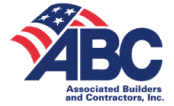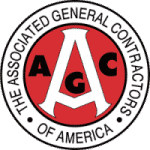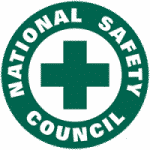
What is Electrical Safety Training?
Electricity is one of the most serious workplace hazards because falls can cause injuries in a variety of ways, including electrocution, burns, explosions, and fires. Workers safety with the handling of electricity requires workers to understand how it works and how to direct it. They must also understand the hazards that electricity presents and how to control them. The Occupational Safety and Health Administration (OSHA) provides guidelines on general safety training as well as specific training on electrical safety.
Regulations
OSHA administers Title 29 of the Code of Federal Regulations (CFR), which covers employment. Part 1910 of 29 CFR provides the occupation safety and health standards for most workers, with subpart S specifically addressing electrical safety. 29 CFR 1926 covers safety and health regulations for construction workers, and subpart K is dedicated to electrical safety.
Requirements
The standard OSHA outreach safety courses are intended for all workers and includes some minimal electrical safety training. However, workers who face an increased risk of electrical injuries require additional training. 29 CFR 1910.332 includes the following occupations in this group:
- Electricians
- Electrical engineers
- Electrical equipment assemblers
- Electrical technicians
- Industrial machine operators
- Mechanics and repairers
- Painters
- Riggers
- Stationary engineers
- Welders
Employees in the above list require specific electrical safety training as described in 29 CFR 1910.331 through 1910.335. These sections generally require employees who work near exposed electrically-charged parts to be able to determine the voltage of those parts and to be able to protect themselves.
Recent Changes
Electrical safety training should reflect the current trend towards generating electrical power on site. A 2015 study by Deloitte showed that 55 percent of businesses planned to generate some portion of their electricity, usually by burning fossil fuels. This practice is reflected in OSHA’s current rules for electrical safety, which were last revised in 2014 to address safety issues with power generation.
The National Fire Protection Association (NFPA) maintains Standard for Electrical Safety in the Workplace, a document also known as NFPA 70E. This document is the national standard for occupation electrical safety in the United States and is updated every three years, with the most recent update published in 2015. This version of NFPA emphasizes workers’ level of risk rather than their level of hazard when determining which electrical work they’re qualified to perform.
Objectives
Workers who are required to be trained under 70E must renew their first aid training every year, which includes cardiopulmonary resuscitation (CPR) and the use of an automated external defibrillator (AED). All other electrical safety training must be renewed at least once every three years. However, more frequent training may be needed to address deficiencies discovered during an audit or new electrical hazards in the workplace.
70E discusses broad objectives for electrical safety training. Annex F covers risk assessment procedures such as the hierarchy of controls, which means a worker should eliminate the electrical hazard first and then don personal protective equipment (PPE). Annex G discusses lockout-tagout (LOTO) procedures, which is currently the preferred method of controlling workers’ exposure to electrical risks. Annex H of 70E covers the selection of PPE for electrical hazards, as does 29 CFR 1910.137. Electrical PPE may include hearing protection, which 29 CFR 1910.95 discusses in greater detail.
Source
https://circlesafety.com/safety-training/
https://www.osha.gov/SLTC/electrical/standards.html
https://www.ishn.com/articles/103451-electrical-safety-training-5-steps








